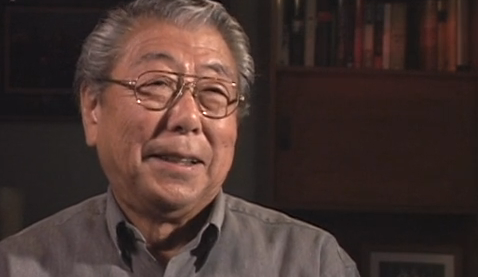 Students took part in a role play developed by the Choices Program. The program’s curriculum units draw upon multiple primary source documents and culminate in a rigorous student-centered role-playing activity. Students took part in a Choices lesson entitled: Beyond Manifest Destiny: America Enters the Age of Imperialism. Working cooperatively, students will advocate for one of the three options the United States considered toward Spain’s former colonies. Students draw upon primary sources and take into consideration the views of fictional townspeople to recreate this critical moment in history.
Students took part in a role play developed by the Choices Program. The program’s curriculum units draw upon multiple primary source documents and culminate in a rigorous student-centered role-playing activity. Students took part in a Choices lesson entitled: Beyond Manifest Destiny: America Enters the Age of Imperialism. Working cooperatively, students will advocate for one of the three options the United States considered toward Spain’s former colonies. Students draw upon primary sources and take into consideration the views of fictional townspeople to recreate this critical moment in history.
The goal of this class is to experience the role-play as teaching method. Students will be introduced to (and receive) a hands-on curriculum that uses primary sources, case studies, videos, and role-play simulations to engage students in an exploration of the concept of human rights and the challenges of international enforcement. The curriculum also introduces students to various human rights actors, and examines the current debate on U.S. human rights policy. Emphasis is placed on helping students develop the skills and habits needed for active citizenship.
The lesson was delivered by guest teacher – Tim Graham. Tim is currently a teacher at Cleveland High School in Portland, OR. He has taught social studies for 11 years in the Portland Public Schools district, working at Roosevelt, Benson, and Franklin high schools in addition to his current placement at Cleveland. He has attended teaching seminars with the Gilder Lehrman Institute of American History, National Endowment for the Humanities, and Watson Institute for International Studies at Brown University. He is currently a Choices Teaching Fellow. Tim maintains two class blogs – Modern World History and IB HOTA.
Image credit: 2nd Virginia Volunteers playing with a rattlesnake. Volunteers were poised for war with Spain and stationed in Pablo Beach, Florida prior to assault on Cuba. 1898
State Library and Archives of Florida call number: N041287

